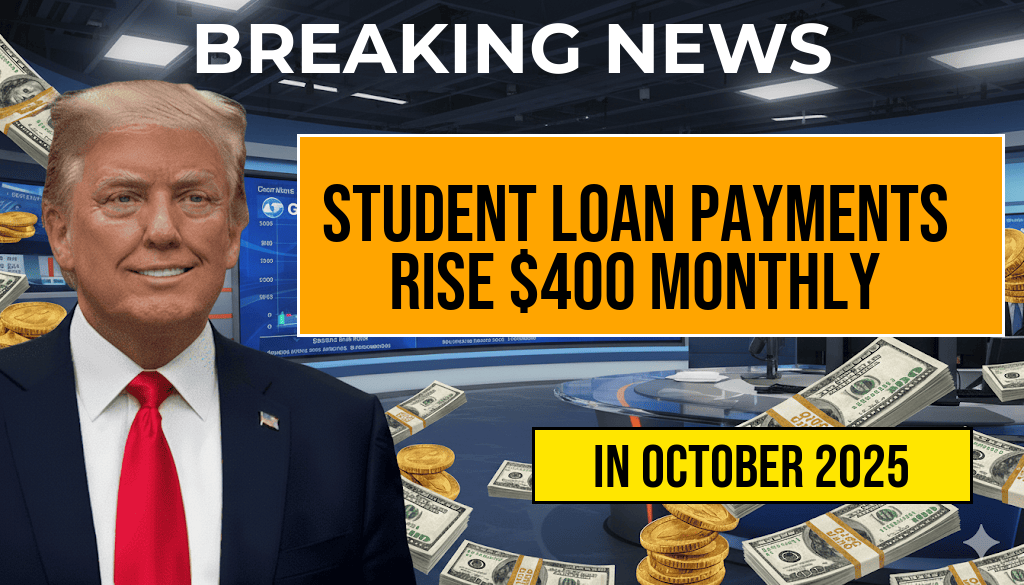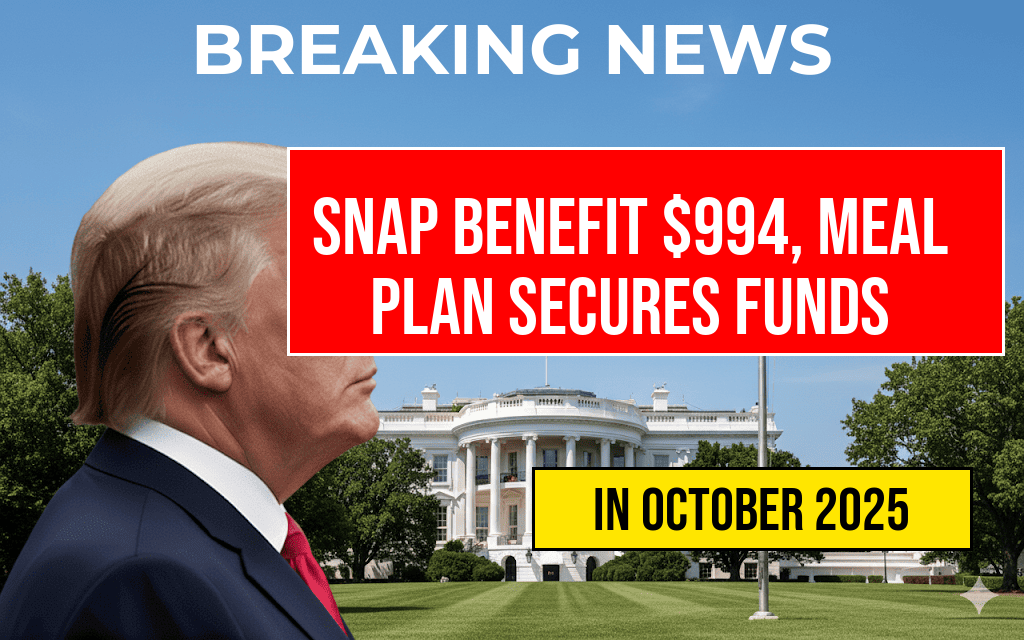Millions of student loan borrowers across the United States are facing an immediate financial shift as their monthly payments are expected to increase by approximately $400. This surge follows a recent policy update from the Department of Education, which adjusts repayment terms for millions of federal student loan holders. The change is set to impact borrowers with varying income levels and loan types, but those with smaller outstanding balances or recent borrowing histories are likely to experience the most significant percentage increases. Experts warn that this sudden rise could strain household budgets, particularly for lower-income borrowers and those already managing tight finances. The first wave of affected borrowers will begin to see these increased payments starting in the upcoming billing cycle, with the full scope of impact becoming clearer as the new repayment plans are implemented across the country.
Background on the Loan Adjustment
The Department of Education announced last month that it would be recalibrating repayment thresholds and interest accrual rates following legislative changes and updates to federal student aid policies. This adjustment is part of broader efforts to ensure the sustainability of the federal student loan system amid rising debt levels and changing economic conditions. According to official statements, the increase in monthly payments stems from a reassessment of income-driven repayment plans, which aim to better align borrower contributions with their current earnings and debt load. However, for many borrowers, this recalibration translates into a significant monthly financial obligation increase, prompting questions about affordability and economic stability.
Who Will Be Most Affected?
The immediate impact will be felt most acutely by borrowers who are on income-driven repayment plans, particularly those with lower incomes or recent loans. These borrowers tend to have smaller balances but face higher relative percentage increases in their monthly payments. Additionally, individuals with variable incomes, such as gig workers or those recently unemployed, may find the new payment levels challenging to meet. Borrowers with older, fixed-rate loans that are not tied to income adjustments will experience less immediate change, but potential future policy shifts could widen disparities.
| Borrower Category | Current Average Payment | Projected Increase | New Estimated Payment |
|---|---|---|---|
| Income-Driven Repayment Borrowers | $300 | $400 | $700 |
| Fixed-Rate Loan Holders | $250 | Minimal or none | $250 |
| Recent Borrowers with Smaller Balances | $150 | $400 | $550 |
Economic and Personal Implications
The sudden increase in monthly student loan payments could have ripple effects across personal finances and the wider economy. Many borrowers may need to cut discretionary spending, delay major purchases, or seek financial assistance to meet their new obligations. For lower-income households, this adjustment could mean increased financial stress, potentially leading to higher default rates or missed payments, which could harm credit scores and future borrowing capacity.
Financial counselors are advising borrowers to review their repayment options carefully. Options such as temporarily switching to income-driven plans, applying for deferments, or exploring loan forgiveness programs could provide some relief. The Department of Education has also emphasized the importance of communication, urging borrowers to contact their loan servicers with questions or concerns about their new payment amounts.
Policy Context and Future Outlook
The recent payment surge comes amid ongoing debates over student debt relief policies in Congress and the Biden administration’s efforts to provide targeted forgiveness. While some lawmakers advocate for broader debt cancellation, others emphasize the need for sustainable repayment structures. The upcoming months are expected to bring further policy proposals, which could modify repayment requirements or introduce additional relief measures for vulnerable borrowers.
Borrowers are encouraged to stay informed through official channels and consult resources such as studentaid.gov for updates. As the landscape evolves, understanding available options and planning accordingly will be crucial for managing the increased financial burden.
Sources
- Wikipedia: Student Loan in the United States
- Forbes: Student Loan Payments Surge by $400 Monthly — What Borrowers Need to Know
Frequently Asked Questions
Question
Who will experience the largest increase in student loan payments according to the article?
Answer
Millions of borrowers will see their student loan payments surge by approximately $400 monthly, especially those with high loan balances or nearing the end of their repayment periods.
Question
When will the student loan payment increases take effect?
Answer
The payment increases are expected to begin once new repayment plans are implemented, which could start as early as the upcoming months, depending on the borrower’s loan type and repayment schedule.
Question
Which groups of borrowers are most likely to be affected first by the payment surge?
Answer
Borrowers with private and federal student loans nearing the end of their grace periods or those who are transitioning to standard repayment plans will be affected first, experiencing the most significant increases.
Question
What can borrowers do to prepare for the upcoming payment increase?
Borrowers should review their loan repayment options, consider refinancing if applicable, and create a budget plan to accommodate the higher monthly payments once the increase takes effect.






